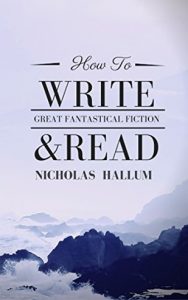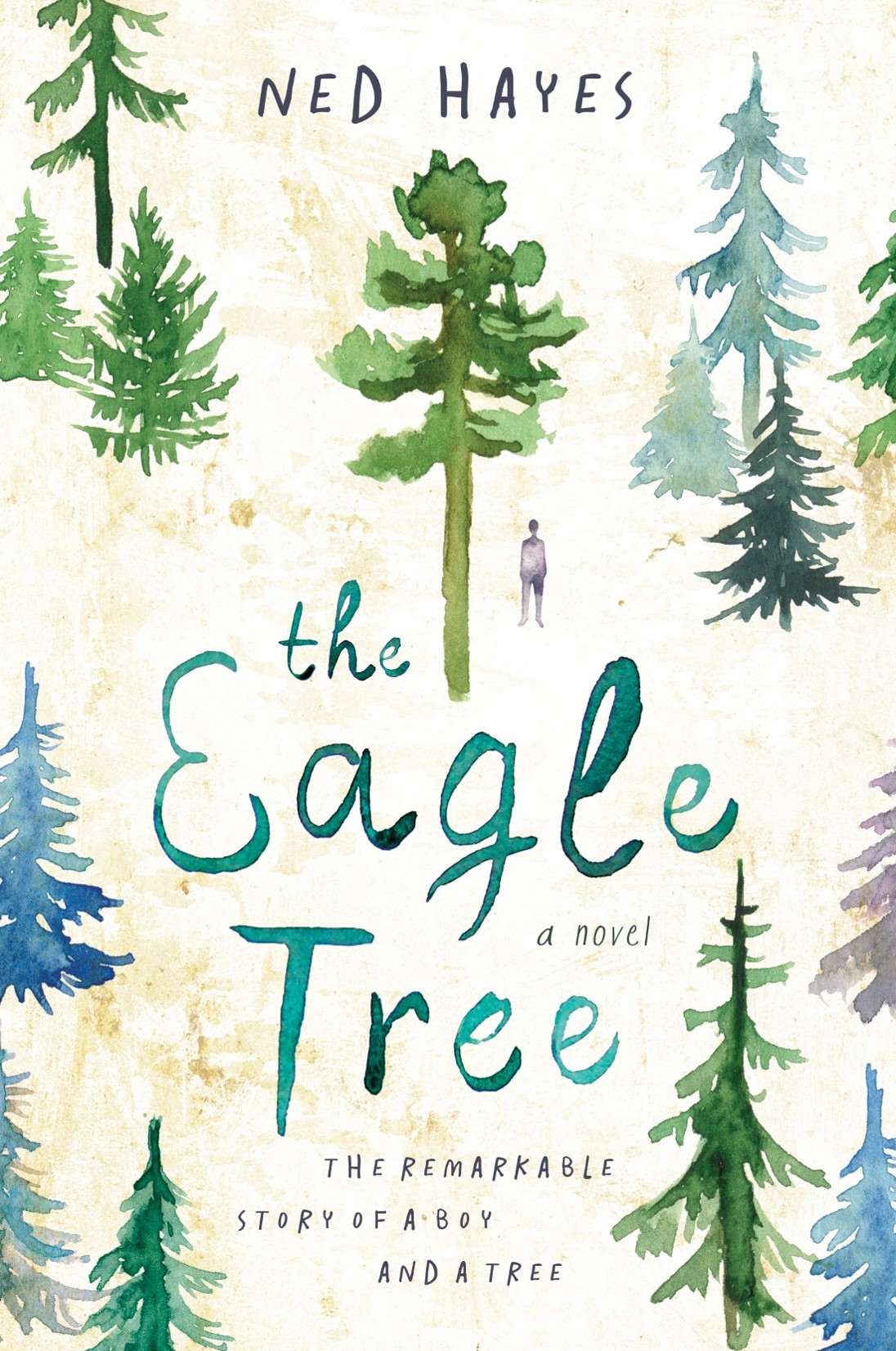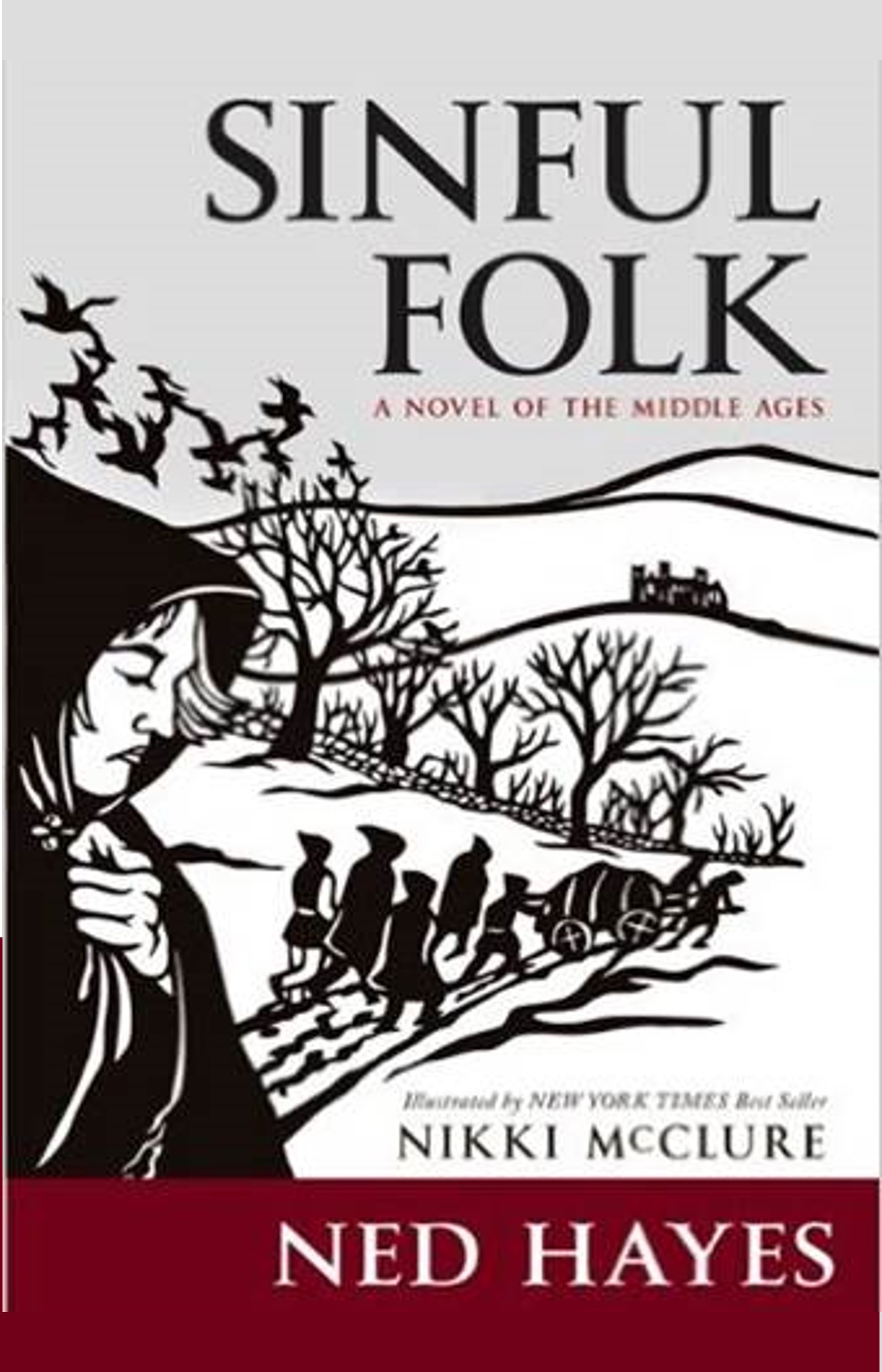How to Write & Read Great Fantastical Fiction:
Techniques & Tools in Fantasy & Science Fiction Literature
Working Magic by Implication
Magic contains acts that supersede our reality, and thus are known as “supernatural.” As supernatural, these acts necessarily violate physical laws and partake of a reality that is mythological, allegorical, and otherworldly. If these alternate ways of seeing and knowing are explained and dissected at depth, they lose their ability to entrance and enthrall readers. Therefore, it is necessary for a writer to keep the magical explanations at arm’s length and refuse to spell out the mystery in great detail. Even books that are ostensibly about learning magic—such as Ursula Le Guin’s Earthsea trilogies and J.K. Rowling’s Harry Potter saga—use the act of learning magic to unveil the fact that there are “greater magics” that cannot be understood by the merely mortal characters who encounter these mysteries. In Earthsea, it is the mystery of the human heart’s capacity for evil, and in Harry Potter, both love and death are ultimate mysteries that confront the characters and the readers with their insoluble nature.
In fact, the naming of explicit artifice and the spelling out of its elements functions to disrupt the metaphor, to call attention to the artifice, instead of letting the stories and the metaphors buried in those stories resonate deeply in our reading experience. Many writers refer to the work of an explicit outline and an explanation of the world-building as “scaffolding,” and often it is tempting to retain such “scaffolding” even when the scene is set and the characters are in motion. Such scaffolding is often contained in summary passages that are cut from the “scene” of the final work. All too often in works with supernatural elements these are retained.
One example of such summary scaffolding can be found in Clive Barker’s The Great and Secret Show. In this story, an early scene of a postal employee encountering strange missives is then “scaffolded” by a passage that describes Barker’s entire story and spells out details in an explicit manner:

There was a war waged in America that year, perhaps the bitterest and certainly the strangest ever fought on, in or above its soil. [. . . . ] As he’s sworn, Fletcher willed an army from the fantasy lives of the ordinary men and women he met as he pursued Jaffe across the country, never giving him time to concentrate his will and use the Art he had access to. He dubbed these visionary soldiers hallucigenia [….] Fuelled by a passion for each other’s destruction which had long ago escalated beyond the issue of the Art and its possessing… (Barker 45-46).
This passage does not describe the “War” at all, but instead simply states that such a war is in existence, and names—explicitly—magic as an “Art” and also gives overt names to the “soldiers” that the main character Fletcher is using. It is always a bad sign when the reader must be told new and different names for common concepts like magical acts and soldiers fighting for one side or another.
A good test for the necessity of such overt naming is often to simply pretend that the story is happening in a realistic historical context, and whether or not in that context the need to know the names of the activities would be necessary to capture the reader’s attention. For example, in a novel set in the Napoleonic wars, is it necessary for the reader to know precisely the duties of a dragoon, or to know the precise weight and measure of the cannon balls and other munitions used during that war? If not, it is also not necessary for a reader to know the naming of so-called “magical” soldiers or munitions.
Tolkien’s Lord of the Rings, a classic in the field of fantastic literature, is explicitly a magical quest story replete with odd and mythological creatures, yet on a deeper level it is an intense meditation on obsession, addiction, and human perseverance in the midst of personal addiction. It is a story of loss, of friendship, and of how one becomes married and indebted to one’s obsessions. The fantastic and the supernatural are merely one story among many ways of reading the story in the minds of Tolkien readers. Here is the first paragraph that names Gandalf as a “wizard” in the Lord of the Rings, at the end of the first chapter:
Take care of yourself! Look out for me, especially at unlikely times! Good-bye!’ [said Gandalf]. Frodo saw him to the door. He gave a final wave of his hand, and walked off at a surprising pace; but Frodo thought the old wizard looked unusually bent, almost as if he was carrying a great weight. The evening was closing in, and his cloaked figure quickly vanished into the twilight. Frodo did not see him again for a long time (emphasis mine: Tolkien Fellowship 50).
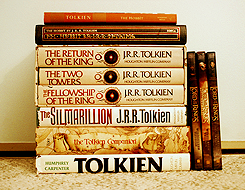 In fact, Gandalf the “wizard” does not re-appear in the narrative for nearly ten years, and when he does re-appear, it is only to stay the night and then to discuss ancient history and “shadows of the past”—it is not to cast bolts of energy or throw his sword at elfs or “Shades.” During those ten years, basic acts of historical realism take place in the novel: fields grow crops, people grow older, communities form closer bonds. No external acts of magic take place. No overt explicit actions are named or “wars” are described—even though during this exact period in the novel, a war machine is in motion, and is being built by an oppressing force.
In fact, Gandalf the “wizard” does not re-appear in the narrative for nearly ten years, and when he does re-appear, it is only to stay the night and then to discuss ancient history and “shadows of the past”—it is not to cast bolts of energy or throw his sword at elfs or “Shades.” During those ten years, basic acts of historical realism take place in the novel: fields grow crops, people grow older, communities form closer bonds. No external acts of magic take place. No overt explicit actions are named or “wars” are described—even though during this exact period in the novel, a war machine is in motion, and is being built by an oppressing force.
In fact, it is interesting to note that although magic apparently “exists” in the world of Middle-Earth, it is rarely if ever exercised, and when it is exercised, it is not seen onstage in the course of the narrative. For a story that concerns itself with a wizard, it’s notable that in the “prequel” Hobbit novel, no magical act is seen from Gandalf until the narrative is halfway over, and that activity constitutes merely the lighting of a handheld “light” in a cave in the mountains. Even when the company is clearly in danger from Trolls and other creatures, there is no magical intervention from any party.
In the Lord of the Rings trilogy itself, Gandalf and other wizards don’t demonstrate magical abilities until late in the story, and only then in a way that might well be sleight-of-hand, not real “magic” at all. The story concerns itself not with magic, but with activities that are not at all magical—the trudging through a rainy landscape full of mud and rocks; the hunger and deprivation on a difficult trip; fending off attacks by predators (by non-magical means); getting lost in a forest; conflicts among friends, and irritations over roles on a collaborative journey. One almost wonders if it is at all useful to have someone along who seems to carry the title of “wizard.”
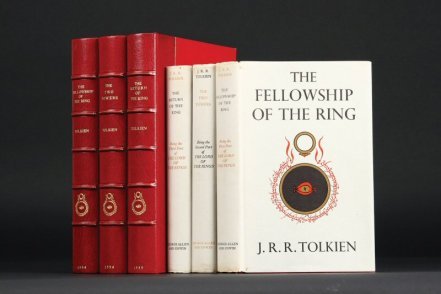 In fact, this seems to be part of Tolkien’s point—and the “magic” of his choices in this narrative. Even Gandalf is only named as wizard by a few other characters, once or perhaps twice, and he never claims any specific powers himself. The “fantasy” aspect is a thin veneer over a difficult journey and a very human quest against great odds. The great saga of the Lord of the Rings grounds itself in a narrative of human endeavor and perseverance. It is not, at heart, a story at all about magical events or supernatural interventions. Because the story and their realistic setting take precedence, Lord of the Rings speaks on multiple levels and communicates multiple levels of truth. If the “magical” or “supernatural” elements remain unnamed, then the story becomes more powerful on the “fantastic” and resonates as a truly multivalent narrative.
In fact, this seems to be part of Tolkien’s point—and the “magic” of his choices in this narrative. Even Gandalf is only named as wizard by a few other characters, once or perhaps twice, and he never claims any specific powers himself. The “fantasy” aspect is a thin veneer over a difficult journey and a very human quest against great odds. The great saga of the Lord of the Rings grounds itself in a narrative of human endeavor and perseverance. It is not, at heart, a story at all about magical events or supernatural interventions. Because the story and their realistic setting take precedence, Lord of the Rings speaks on multiple levels and communicates multiple levels of truth. If the “magical” or “supernatural” elements remain unnamed, then the story becomes more powerful on the “fantastic” and resonates as a truly multivalent narrative.
There are many other examples in contemporary and classic literature. As we saw in Beloved, Toni Morrison performed a perfect act of “magic” without ever naming precisely what was happening. As a further example, in Mary Shelley’s Frankenstein, the protagonist refers to himself as a “monster” often, but is this not the case for any human being in the grip of doubts about their parentage and their purpose? He never calls himself a “revenant” or a “zombie,” although technically he may be exactly these things. Instead, we are inside the creature’s head, and like Kafka’s famous cockroach-man, we are led to experience his reality. To cite yet another pertinent example, Bram Stoker’s Dracula is also never referred to as a specific kind of unearthly creature, and thus the story becomes an obsessional metaphor for Victorian neuroses about sexuality itself and sexual obsession.
READ the NEXT SECTION…. in which I wrap up my series on Writing Fantasy into Fiction >>
How to Write & Read Great Fantastical Fiction:
Techniques & Tools in Fantasy & Science Fiction Literature

